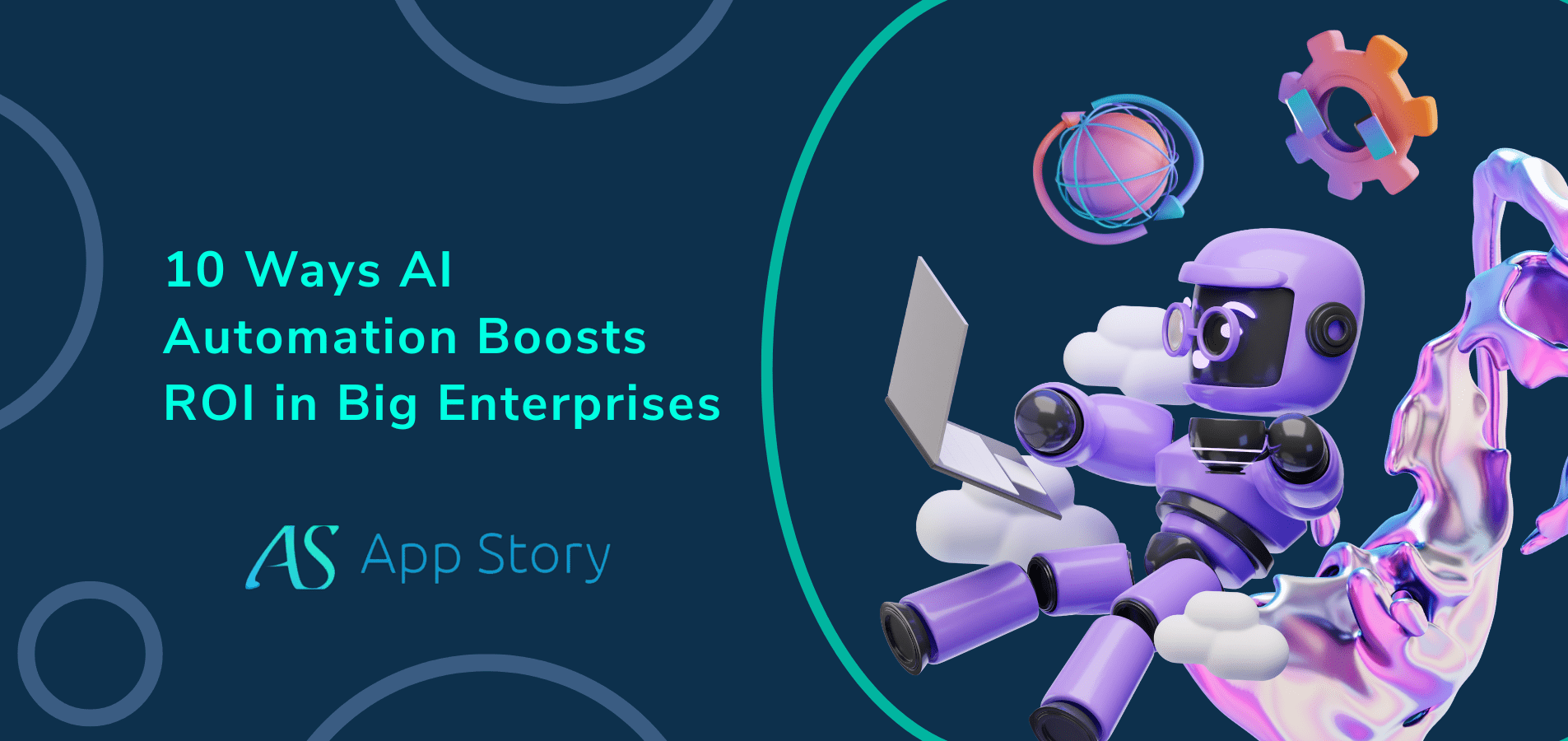You have a thought that will prompt acclaim and fortune on the iTunes App Store. You choose to compose an iPhone app. The first and most significant assignment is for you to turned out to be alright with the tools used to assemble your items. A Chinese axiom says, “the adventure is the reward,” and this section is about the voyage. In the forthcoming pages, you’ll experience the whole application development process, from beginning to end. You’ll figure out how to set up the product you need, and attempt your hand at structure an app.
However, what app? On the off chance that you complete an active pursuit of the App Store, you’ll discover no deficiency of electric lamps. For some aspiring developers, this basic application is a soul-changing experience, so now’s your opportunity to join this illustrious crowd. When you perceive that it is so natural to start your very own iOS app development, you’ll wonder why individuals pay 99¢ for them on iTunes!
Getting the Tools
You can’t construct anything, including an iPhone app, without tools. Fortunately, you can discover everything you need on your Mac, or download it for nothing. In particular, you have to download and introduce Xcode development programming and the iPhone Software Development Kit (SDK) on your Mac. (Also, if you don’t have a Mac, see the case on the following page.)
Read more : Top X Flutter App Development Companies 2019
Both the Mac and iPhone advantage from a vibrant arrangement of advances that have stood the trial of time. The iPhone SDK is based upon the infrastructure made by NeXT during the 1980s. This organization, established by Steve Jobs, made the following article arranged operating system called NeXTSTEP. This powerful system has developed into the OS X operating system being used today. As you get familiar with the iPhone, you’ll see that it shares much for all intents and purpose with the Mac.
Installing Xcode
When you and your Mac are prepared to go, it’s an excellent opportunity to stack your hard drive with loads of new programming. Apple supplies the Xcode development tools for nothing out of pocket, however, doesn’t introduce them on each Mac, since most purchasers will never utilize them.
Fortunately, you can discover the Xcode tools directly on your Snow Leopard establishment disk. To run Xcode, Apple prescribes you have an Intel-based Mac running Leopard or Snow Leopard.
After the establishment is finished, go to the Hard Drive→Developer→Applications organizer on your hard drive, and look at your new tools. This envelope contains the applications and utilities you use to create both Mac and iPhone applications: The ones you’ll utilize the most are Xcode and Interface Builder. The parent Developer organizer additionally has the majority of the going with developer frameworks, libraries, and documentation.
The Xcode establishment does exclude a certain something—the iPhone SDK that is required to create apps for your telephone. For that, go on to the following area.
Getting the iPhone SDK
You need to join the iPhone Developer Program before Apple gives you a chance to get your hands on the iPhone SDK. Your free enrollment gives you access to the tools, documentation, and developer gatherings using the iPhone Dev Center.
When you have the iPhone SDK disk picture, you can start the establishment:
Double-click the “iPhone SDK” record to begin the establishment procedure. It’s the darker and gold box symbol.
Click on continue on Screen for further process
Click Agree to acknowledge the license.
On the Install screen, click Continue to introduce the standard bundles, and after that click Install to begin the establishment procedure.
Whenever required, enter your password so system records can be changed.
It’s likewise a smart thought to stop iTunes now to keep away from a discourse box that delays the introduce.
Contingent upon your Mac’s speed and the span of the download, the establishment procedure can take anyplace from thirty minutes to several hours. At the point when the establishment is done, you’ll see a green checkmark and can click Close to wrap up. Now you can discharge the iPhone SDK disk, yet keep the .dmg record around as a reinforcement.
Read more: Top 6 Best iPhone Apps You Can Use
What Lies Ahead for the SDK?
The iPhone SDK is always advancing as Apple fixes bugs and includes new features. You’ll need to refresh your development condition to stay aware of the most recent changes. Apple updates the iPhone SDK in two unique ways. The first, and least complex is a maintenance release. These releases fix bugs in the firmware and don’t present any new features. Much of the time, you won’t have to roll out any improvements to your application.
Apple gives maintenance releases of the SDK to developers around the same time that it makes the firmware accessible to customers. These releases have a three-section version number like 2.2.1 and 3.1.3. When you introduce the new firmware on your gadget, you have to refresh the iPhone SDK so you can introduce and debug your applications from Xcode. If you don’t, you’ll see alerts that the tools don’t bolster the gadget’s firmware version.
At the point when Apple makes progressively significant firmware changes that will influence developer programming, either by including new features or changing existing ones, it posts a beta version of the iPhone SDK on the iPhone Dev Center. Just developers who have paid to join the iPhone Developer Program approach these development releases. (Objective-C: The Nuts and Bolts for Your iPhone App discloses how to take a crack at this developer program.) These betas are for significant releases, for example, 3.0 or 4.0, or modifications like 3.1. Apple typically begins the beta release cycle three or four months preceding an overall population release. When the period starts, it puts out another SDK (called Beta 1, Beta 2, etc.) each couple of weeks. These beta releases ordinarily additionally incorporate another version of Xcode with enhancements and backing for the new iPhone OS, alongside new firmware.
With early access to the new SDK, you can assemble and run your application with the new iPhone firmware. If you’ve been mindful to utilize just documented features and APIs, you shouldn’t have numerous issues to manage: Apple’s architects are genuinely adept at keeping up similarity with distributed interfaces. You may see censure admonitions as you order. However, those are generally easy to fix. You’ll spend the beta trial finding out about new features and testing them out in your application.
There are a few requirements to remember when installing a beta version of the iPhone SDK. To start with, you can’t utilize the beta tools to present an application to the App Store. Fortunately, you can introduce various versions of Xcode on your hard drive.
Investigating Your New Tools
Your Mac is currently set up to make iPhone applications, so you’re prepared to begin building your initial one. Best of all, you’re not going to compose any code. How might you create without writing code? It’s conceivable with the timesaving intensity of Xcode layouts and Interface Builder.
Read More : Top Online Shopping Apps For Android 2019
In case you’re an accomplished developer, like this of working can introduce a test. You’re accustomed to working in Visual Studio, Eclipse, or some other condition, your first experience with Xcode can be somewhat overwhelming. Other than taking a shot at another operating system, you’re likewise going to manage new venture designs, console accessible routes, and inclinations. Try not to stress, the majority of the tools you’re accustomed to having are still there; it’s merely a question of time before you become open to utilizing Xcode’s version of them.






 United States
United States United Kingdom
United Kingdom India
India Canada
Canada Singapore
Singapore















![10 Benefits of the Internet of Things You Should Know [2025]](https://www.appstory.org/wp-content/uploads/2025/03/ATS-10-Benefits-of-the-Internet-of-Things-You-Should-Know-2025@2x-80x60.png)




















